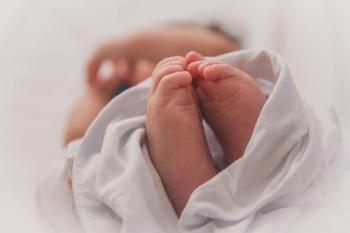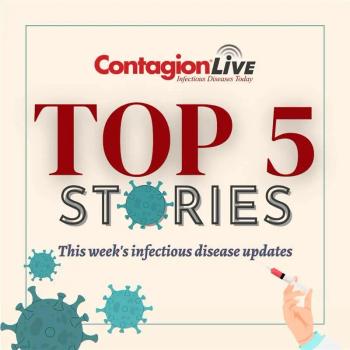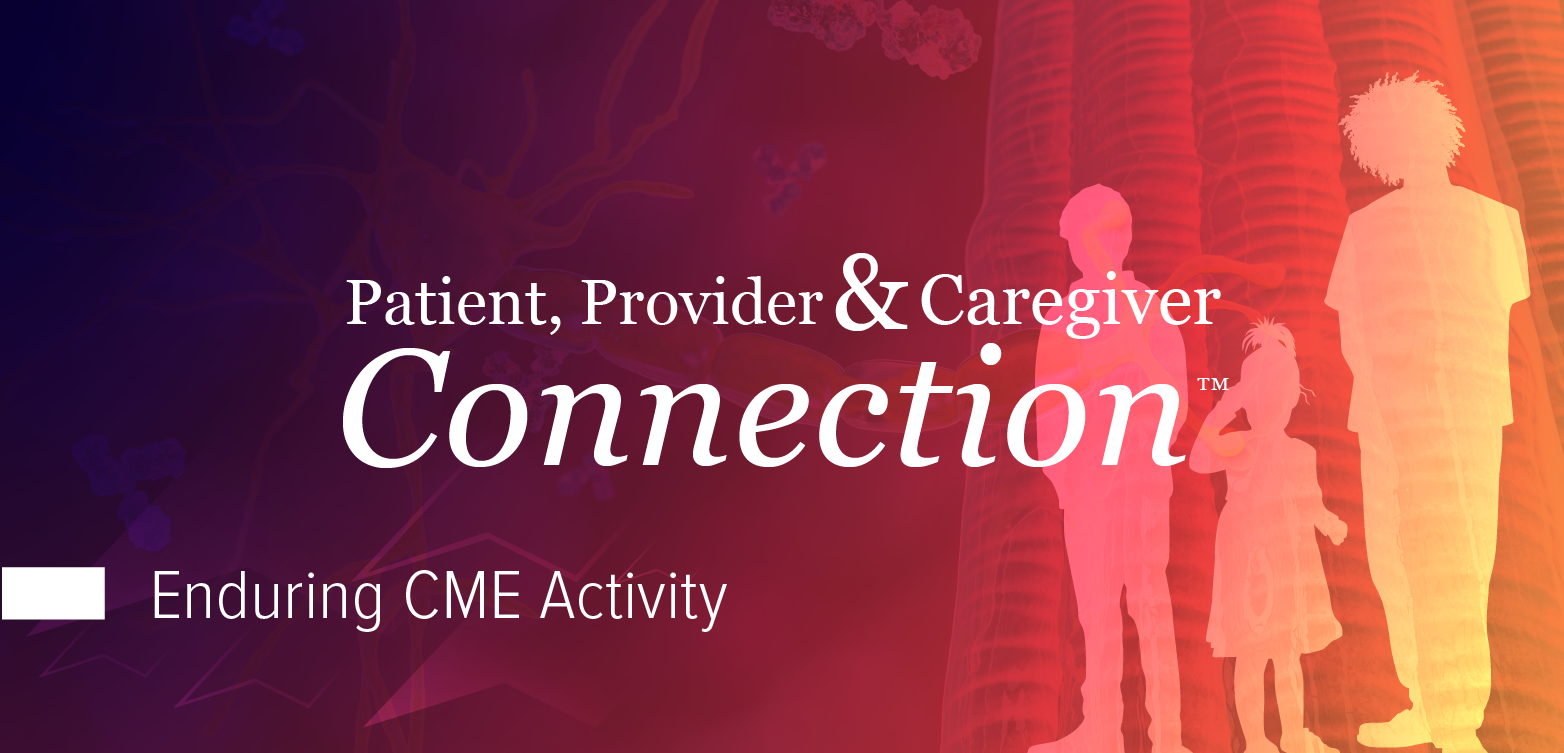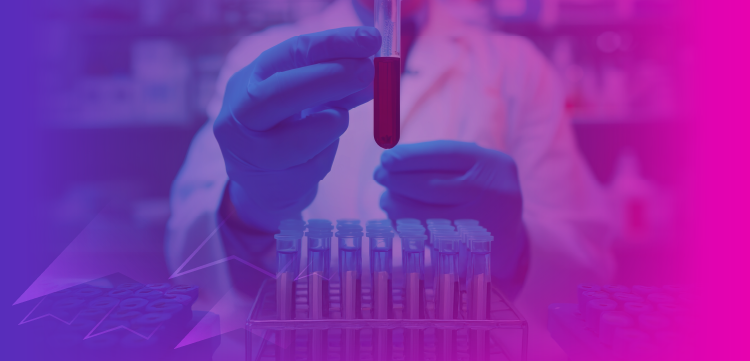
Value of Sputum Cultures Diminished by Prior Antibiotics
Study findings underscore value of obtaining sputum culture prior to initiating antibiotics for greater detection of pathogens without opportunistic bacteria of uncertain clinical relevance.
Sputum cultures obtained before rather than after initiating antibiotic treatment were found to detect more respiratory pathogens and fewer opportunistic bacteria of uncertain clinical relevance in findings from a study1 of over 15,000 patients that support the intuitive choice of culturing prior to treatment when possible.
"While the recommendation to collect sputum samples before antibiotic treatment is intuitive, supporting research is inadequate and is based on study cohorts limited in size and statistical power or specific patient groups," point out Magnus Paulsson, DMSc, associate professor of infection medicine in the Department of Clinical Sciences at Lund University in Sweden, and colleagues. "Understanding the impact of antibiotics on sputum culture results is important for interpretation of culture results and deciding how to act on the result."
Paulsson elaborated on the need to cautiously interpret sputum culture results obtained after initiating antibiotics in comments on the study with Contagion.
"When a microbiology laboratory reports the presence of opportunistic pathogens in a sputum sample collected after the initiation of antibiotic therapy, several interpretations are possible," Paulsson explained. "One possibility is that the reported organism is the true causative agent of the infection and antibiotic therapy should be adjusted accordingly. However, there is also a significant risk that the organism is not the actual pathogen. Misinterpretation in such cases can lead to unnecessary broadening of antibiotic coverage, which may contribute to antimicrobial resistance and other complications."
"It is essential to consider the timing of sample collection, the patient's clinical status, and the likelihood of colonization vs infection before modifying antibiotic therapy based solely on culture results," Paulsson advised.
In adding to evidence of the advantage of prior culturing, however, the investigators acknowledge that such timely collection can be challenging for several reasons, including patients unable to expectorate spontaneously, overcrowded emergency departments with limited feasibility of assisted airway clearance, and the clinical necessity of immediate empirical antibiotic therapy or respiratory support.
In their retrospective cohort study of 21,364 sputum cultures from 15,366 individuals at 9 hospitals over a period of 10 years (2011 to 2021), 46% were obtained with recent or ongoing antibiotic use. For their analysis, they classified antibiotic exposure as none, ongoing (oral antibiotics within 7 days or intravenous within 24 hours), or recent (treatment concluded within 30 days and prior to the criteria for ongoing).
Paulsson and colleagues reported that sputum cultures collected prior to initiating antibiotics revealed respiratory pathogens in 26.4% of samples compared with 12.2% of cultures taken after antibiotic exposure. Opportunistic pathogens were more frequently detected after recent antibiotic exposure.
The most frequently detected respiratory pathogens were Haemophilus influenzae and Streptococcus pneumoniae, but the investigators found that each elapsed hour after antibiotic administration significantly decreased the probability of detecting either. In contrast, they noted, detection of opportunistic organisms except for Staphylococcus aureus increased with antibiotic exposure.
"Collecting samples after antibiotics have been initiated may reduce diagnostic accuracy and potentially increase the yield of opportunistic pathogens, counteracting the goals of stewardship," the investigators concluded.
In addition to advising cautious interpretation of sputum cultures obtained after starting antibiotics, Paulsson suggested that amending practice guidelines might be warranted.
"Personally, I think that guidelines could be updated and that posttreatment samples should only be sent for cultures in select cases; for instance, from patients with chronic pulmonary diseases and pneumonia, very severe disease, or when nonsusceptible organisms are expected," Paulsson said.
Reference
1. Bryer M, Johansson E, Ryden H, et al. Sputum culture yields after antibiotic therapy – a retrospective cohort study. Clin MicrobioI Infect Comm. 2025;2(3):105100. doi:10.1016/j.cmicom.2025.105100
Newsletter
Stay ahead of emerging infectious disease threats with expert insights and breaking research. Subscribe now to get updates delivered straight to your inbox.

























































































































































































































































































